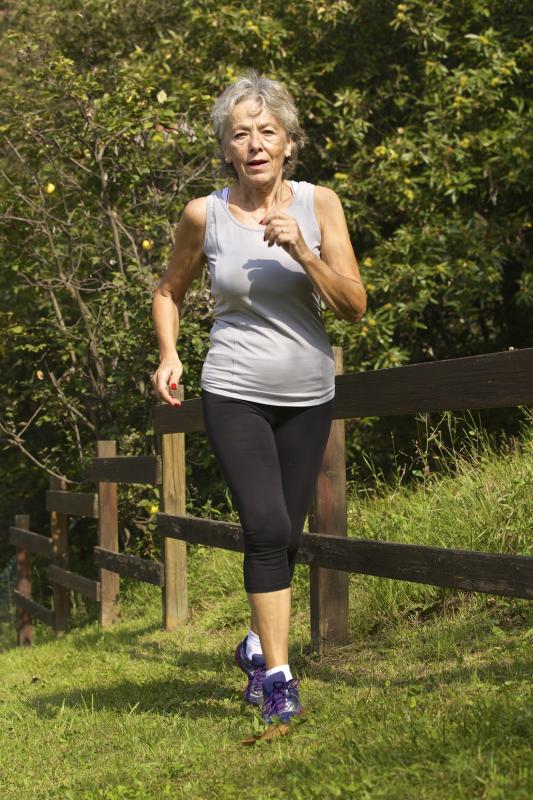
Exercise training, regardless of dosing schedule, yields modest gains in cardiorespiratory fitness in women previously treated for early-stage breast cancer, a study has found.
A total of 174 postmenopausal patients (2.8 years after adjuvant therapy) with impaired peak oxygen consumption (VO2peak) were randomized to undergo supervised exercise training interventions delivered with either a standard linear (LET; fixed dose intensity per session for 160 min/wk) or nonlinear (NLET; variable dose intensity per session for ≈120 min/wk) schedule or a stretching attention control intervention for 16 consecutive weeks.
The control was matched to exercise dosing arms according to location, frequency, duration and treatment length. The primary outcome was change in VO2peak (mL O2·kg−1·min−1), while secondary outcomes included patient-reported outcomes (quality of life and fatigue), tolerability and safety.
In intention-to-treat analysis, VO2peak increased a mean of 0.6 mL O2·kg−1·min−1 in LET (p=0.05) and 0.8 mL O2·kg−1·min−1 in NLET (p=0.07) relative to attention control. Change in VO2peak ranged from −2.7 to 4.1 mL O2·kg−1·min−1 in LET and from −3.6 to 5.1 mL O2·kg−1·min−1 in NLET.
The number of patients who were classified as VO2peak responders (change of ≥1.32 mL O2·kg−1·min−1) was 36 percent in LET and 40 percent in NLET.
Compared with attention control, NLET produced improvements in all patient-reported outcomes. There were no reports of serious adverse events. Mean attendance was 64 percent for LET, 75 percent for NLET and 80 percent for attention control.
The present data may inform the design and refinement of dosing regimens and the clinical generalizability of exercise therapy in cancer and other clinical populations, according to researchers. Training exercise programmes may have to be implemented with greater length or amount to induce meaningful improvements in cardiorespiratory fitness.